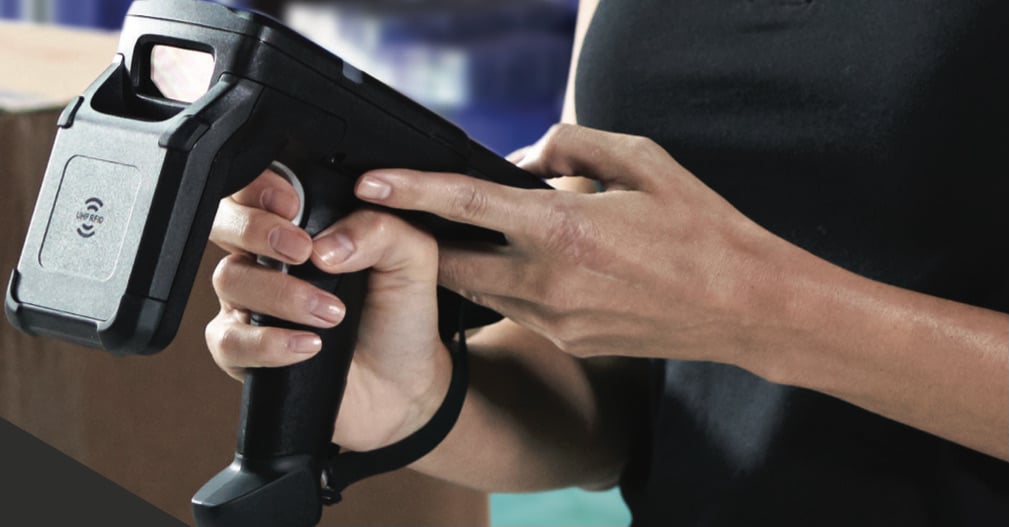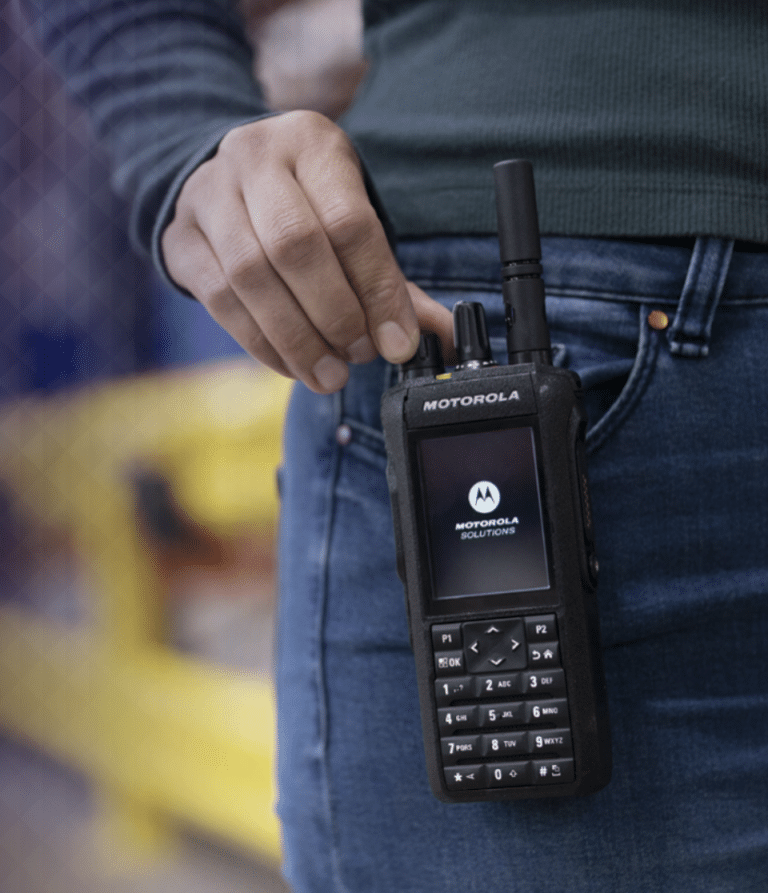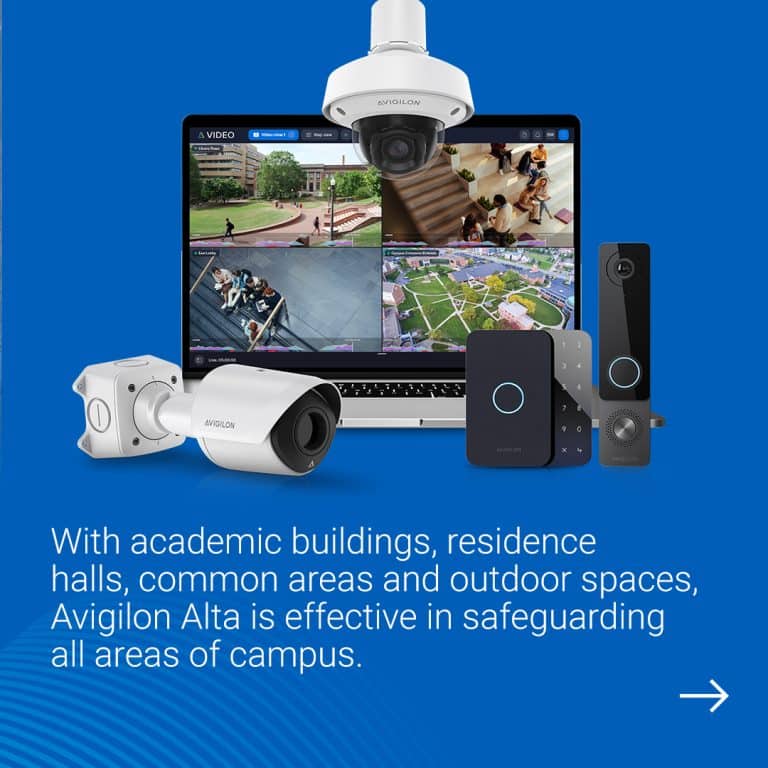Thinking about deploying Radio Frequency Identification (RFID) technology inside your business? Planning can get complicated and your best bet is partnering with an expert. Meanwhile, here are a few pointers to help shape your expectations.
Frequencies are a Big Factor.
Overestimating RFID’s promise is a persistent problem, even after all these years. There’s still a lingering perception that all you have to do is press a magic button and everything is automatically tracked and managed. The reality is RFID isn’t that magical. Not even close. Distance and range are not as simple as one size fits all.
RFID is available in different frequencies. They range from low frequency for reading tags at short distances to high frequency further out and even ultra-high frequency that may reach as far as 40 feet or so. Longer range isn’t necessarily better. What works best for your business depends on what you need RFID to do.
Low frequency RFID spanning only a few inches reads data at a slower speed but doesn’t come with much risk of interference from other radio waves. It’s a good match for situations like those involving access-control badges that open doors when swiped close to a reader. A high-frequency range of three or four feet is a little more sensitive to interference and commonly used for payment systems like at a grocery store checkout.
Ultra-high frequency can pull in tag information from a room full of items and even sift through all of it to locate a single item. Interference is a bigger threat at this range, but equipment designs are getting better at limiting the risk as ultra-high frequency RFID skyrockets in popularity with greater potential for tracking and managing large volumes of materials from retail stores to industrial production floors.
If you use the wrong frequency for your purposes, it can lead to expensive chaos. RFID processes using a mismatched frequency can miss tag data that falls through the cracks, or it can mean information overload that confuses readers. In either scenario, you’re not getting the information you want and it’s a tough way to discover you’ve made poor equipment choices.
There’s Hardware and Then There’s Good Hardware.
If you jump online, you’ll find no shortage of RFID hardware and plenty of vendors ready to take your money. But just like any other technology, there’s good and not-so-good hardware on the market. Some RFID readers are quickly designed and rushed down the assembly line to market with very little track record, if any. Others are proven workhorses from reputable brands that deserve a closer look.
Either dig in and invest time in doing lots of homework or partner with an experienced technology expert to ensure you bypass all the inferior hardware options and go right to what’s known to perform in real world conditions. Unfortunately, not every available RFID equipment option works well or even works. And if you’re tempted to try rigging a smartphone or repurposing other devices, don’t bother. From gaps in essential technology to the stress of work environments on fragile hardware components, work-arounds are never a smart way to go.
What happens if your RFID hardware hits a snag? Who will straighten out glitches or make repairs? Make sure your hardware purchase offers a direct route to maintenance and troubleshooting support. Buying from a source that maintains a close relationship with the manufacturer is the best way to ensure you’ll be taken care of in a pinch. It’s also a good sign that you’re dealing with quality equipment.
Prepare to Fix, Mix and Match for Best Results.
RFID has a fixed traditional history. The technology is usually designed around readers in fixed locations that read labels passing by. ‘Pinch points’ constantly detect data as inventory, products, boxes and pallets move within range of the readers. However, fixed readers are no longer your only option.
Portable RFID devices are becoming more common and opening up a wide range of new applications and possibilities. Handheld RFID frees you to go to where the work is, whether it’s a temporary project in a remote location or a hunt to locate specific materials in a disorganized storage room. Some portable readers can even store data when you’re out of WiFi range and then upload it when you return.
RFID wired sleds are growing in popularity. Just drop your mobile computer in and go.
Depending on the needs of your business, you may want both fixed and portable RFID equipment. Maybe fixed readers are a good match for predictable asset tracking and management in the same area of your facility day in and day out. But perhaps you also need mobility for other projects throughout your facility. Fixed and portable RFID readers can work together. It doesn’t have to be one or the other.
Can Your Software Handle Your RFID Hardware Data?
The primary function of RFID readers is to automatically collect data, sometimes massive amounts of it. But the data isn’t of much use unless it flows into a software system that turns it into actionable information. Before you get too deep into exploring RFID, take a hard look at your company’s backend software. Don’t assume your RFID tools and your software will work well together.
Smaller businesses use smaller inventory management systems that may not have the capacity to handle the flow of RFID. The problem isn’t necessarily a show stopper. Smaller businesses are often nimble and flexible enough to quickly roll with the punches. Their software vendors may be able to make adjustments or develop other options to nail down a comprehensive solution.
Do you manage a bigger business, like a supply chain warehouse, distribution centers or manufacturing facility? You might assume your software is ready-made for the needs of RFID. However, that may not be the case. Some of the biggest companies we’ve worked with at Commenco have been surprised to find their inventory management software was incompatible with their new RFID system. Bottom line: whether your business is large or small, be sure to include your software vendor in the RFID conversation.
Do enough upfront planning and preparing for your dive into RFID and you can expect fewer surprises as you work down into the details. Take time to do things right and create a custom fit for your business and you’ll open a door to automation that empowers you to do more for customers and your bottom line than ever before.






